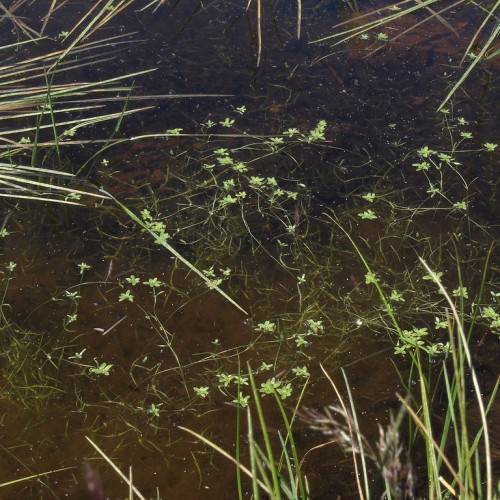
Narrowleaf Water-Starwort
Callitriche brutia var. hamulata
Watering:
Frequent
Hardiness Zone:
Sun:
full sun,part shade
Leaf:
Yes
Growth Rate:
Low
Drought Tolerant:
Yes
Salt Tolerant:
Yes
Thorny:
Yes
Care Level:
Medium
watering
Redmaids should be watered once a week, using 1/2 to 1 inch of water. During the hot summer months, water more frequently if necessary to keep the soil moist. During the winter, water less frequently. Soil should be allowed to dry out somewhat between watering events. Generally, the plants should be watered deeply but infrequently, and this should continue throughout the life of the plant.
sunlight
Redmaids require full sun or partial shade and thrive in areas with 6 or more hours of direct sunlight each day. If placed in an area with more shade, Redmaids can wilt and become discolored, weakening the plant over time. If possible, it is ideal to place Redmaids in an area that gets direct sunlight for at least 6 to 8 hours a day. This will provide the plant with the most amount of light to receive for maximal growth and health.
pruning
Redmaids should be pruned in late winter or early spring. Pruning should focus on removing old and dead stems and any branches that are growing out of shape and can be cut back with sharp pruning shears. For a more vigorous growth, lightly prune shoots that have grown out of shape back to an outward facing bud. If a more compact form is desired, heavily prune back the overall size of the plant by up to 1-third. This will help to encourage branching and a fuller, more shapely plant.
